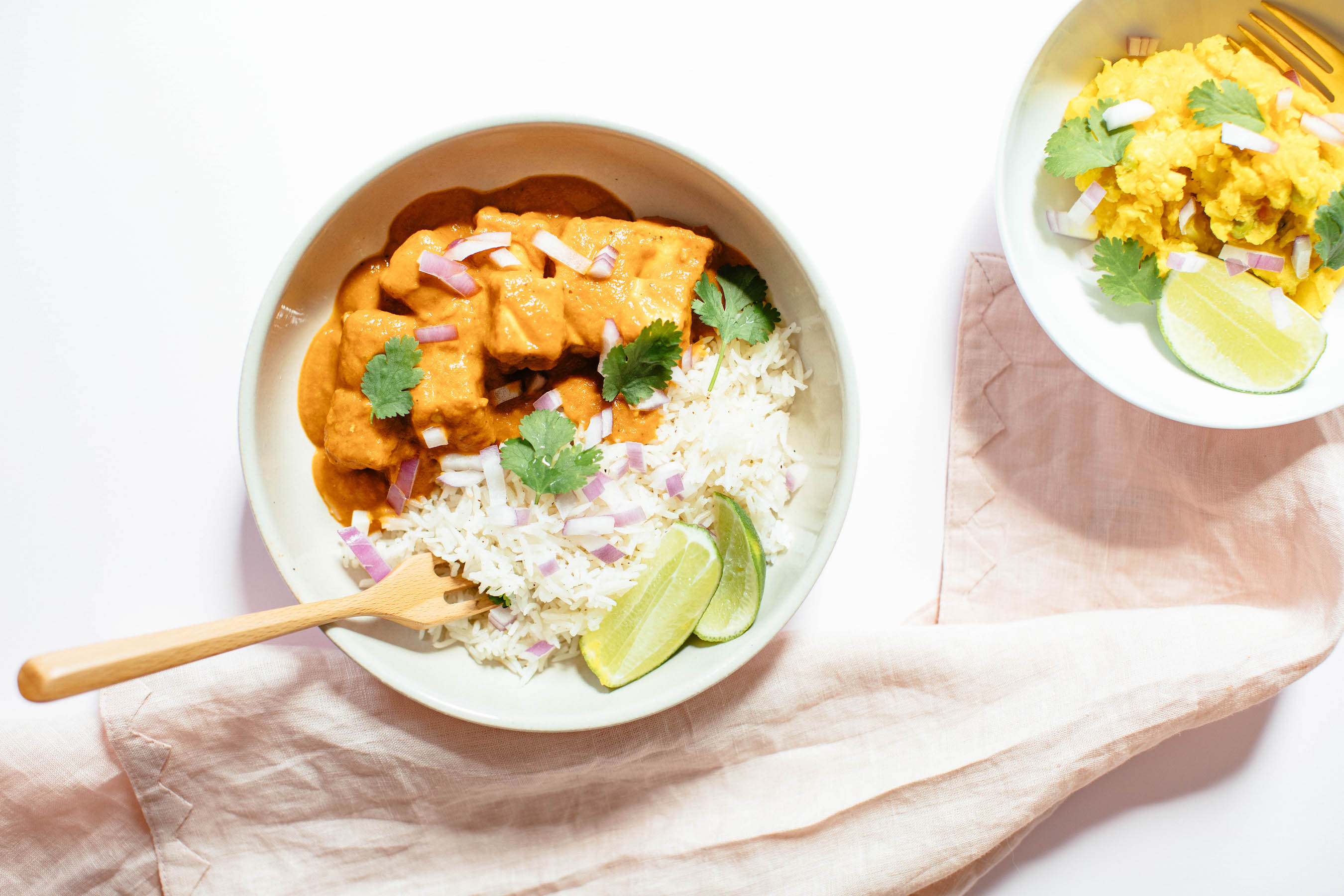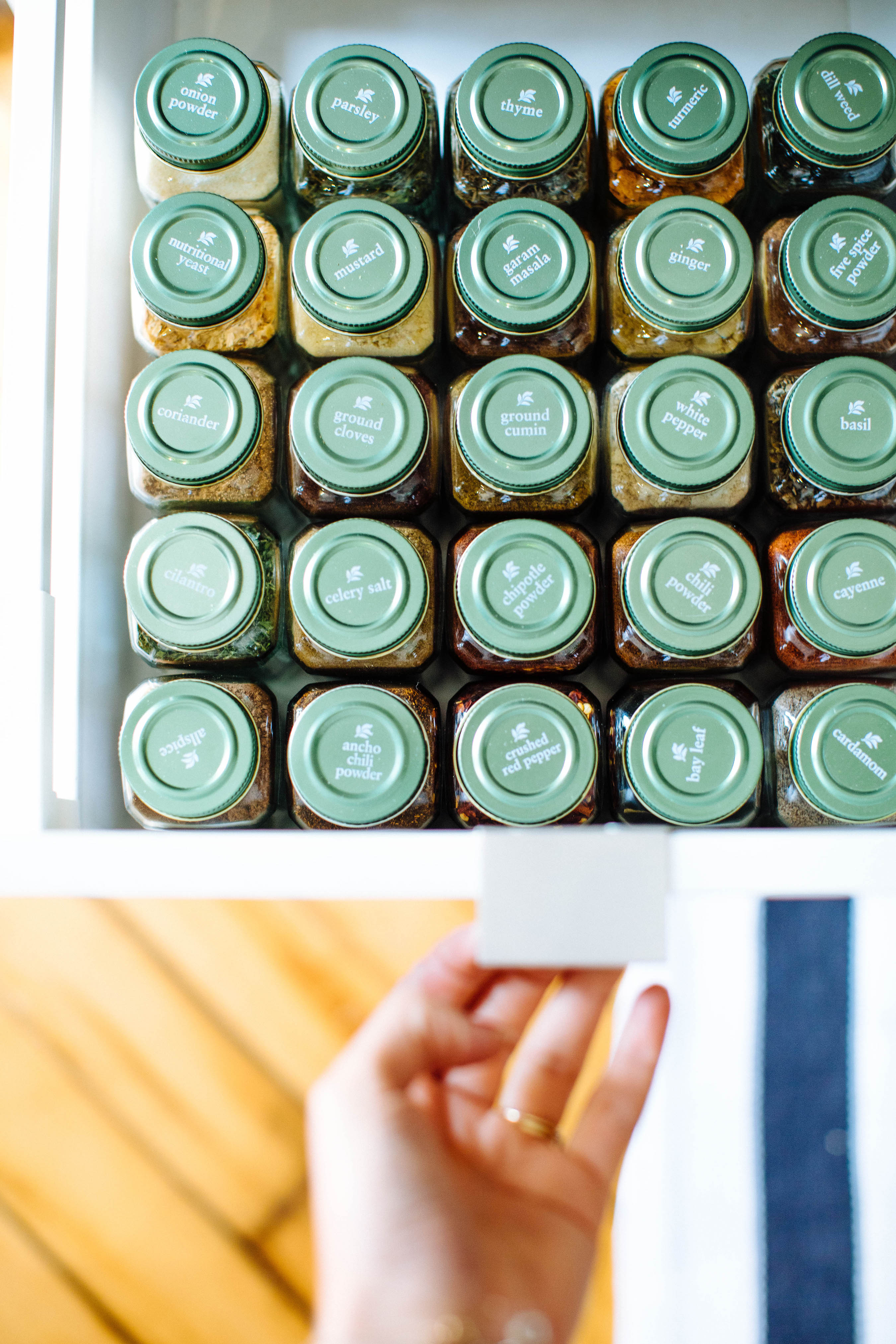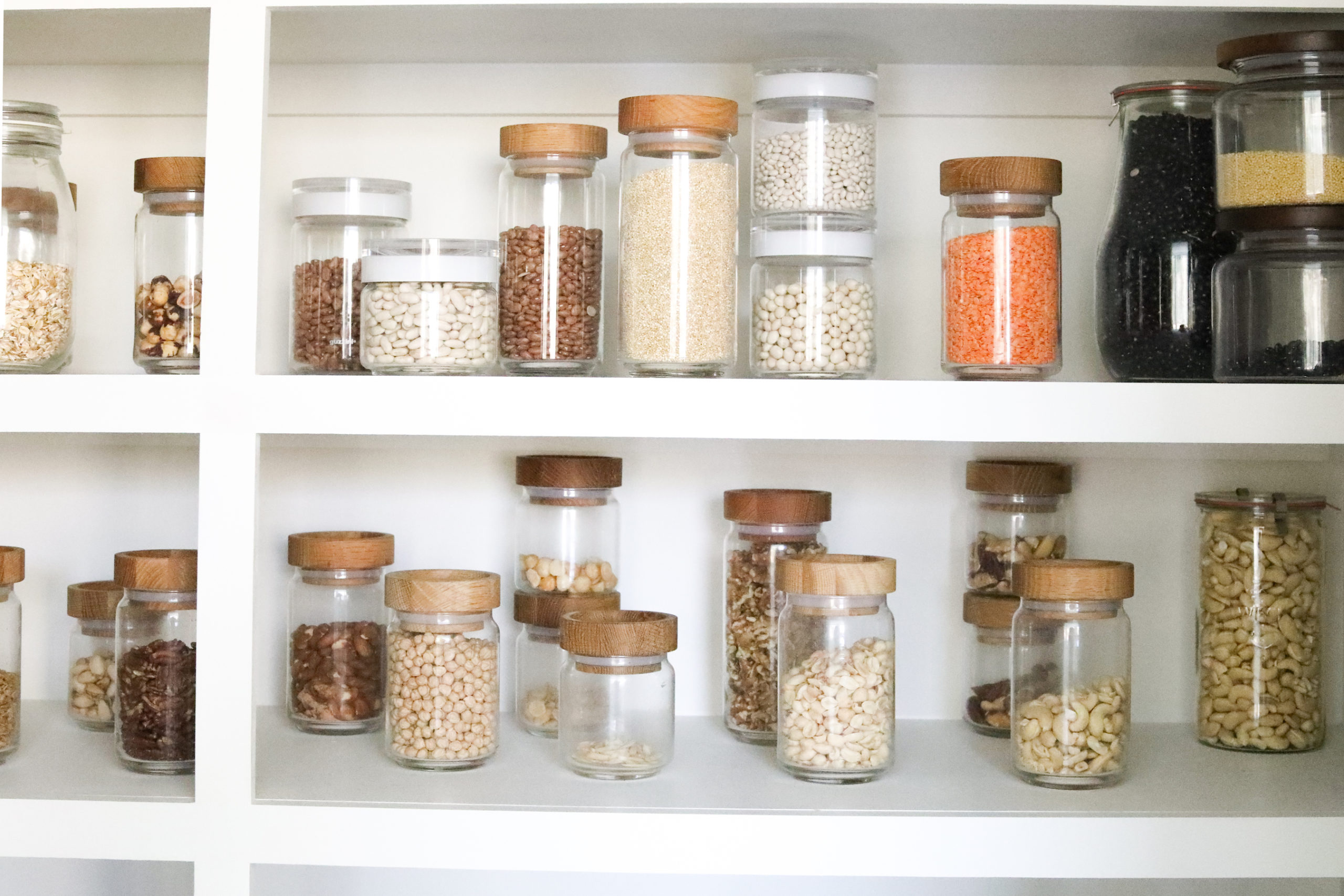Learning to play with seasonings and spices will give you the confidence you need to create any dish you please!
The basics of cooking rely upon a good understanding of seasoning and spices. Knowing when to use seasoning, which spices to choose and when enough is the key to cooking success.
Seasonings and spices have the ability to transform any dish. When you have the knowledge and the skill to turn something plain and regular into an exciting, delicious dish, there’s no stopping you in the kitchen.
Here we’ll teach you the ins and outs of spices and seasonings!
Importance of Spices and Seasonings
How many times have you made a big, healthy meal, taken the first bite, and thought to yourself, “well, this just tastes like a bland pile of ingredients.”
I promise you’re not the only one!
It’s the combination of seasonings and spices that turns a bland pile of ingredients into a delicious meal. They intensify the existing flavors and introduce exciting new ones.
Difference Between Spices and Seasonings
So now that we know why they’re so important, what exactly is the difference between the two?
Let’s start with this: the seasonings are the basis of the meal and the spices are the finishing touches.
We season food to enhance its natural flavor, to bring out the best tastes and flavors. Seasoning is used to intensify the flavor without altering or changing it. The seasoning we use sets the stage for the dish. The basic seasonings are salt, fat, acid, and heat.
These seasonings were actually made famous by chef and food writer Samin Nosrat in her award-winning book and Netflix series, Salt Fat Acid Heat. Both are great and I highly recommend them!
Spices, on the other hand, kick things up a notch, they introduce complementary flavors and aromas that otherwise wouldn’t have come through. They add depth and substance to otherwise bland dishes.

The Basics of Seasonings
Let’s start with base first, then we’ll work our way to the spices!
Salt
The almighty salt. Salt is probably the most prominent, popular seasoning. It’s extremely versatile and can make a world of a difference when used properly.
Salt comes in all shapes and sizes. We have iodized salt, pink Himalayan salt, kosher salt, Maldon salt, and many more. So how do you know which one you’re supposed to use?
To keep things simple, kosher salt should primarily be used when you’re baking or cooking. Throw this in the water with your pasta or add a dash to your tomato sauce. Then use the flaky finishing salt to top a dish – such as a few little flakes over your homemade chocolate chip cookies.
Salt is used as a seasoning to enhance the flavor of the food item. When using salt, be sure to use a little to start and taste as you go. Always, always taste as you go. There’s nothing worse than an over-salted dish!
When tasting as you go, try not to necessarily think about the salt itself (a little abstract, but bear with me). Instead, think about the food item – what did it taste like unsalted? Has the flavor been enhanced? Or can you simply taste an excess of salt (chances are you’ve added a bit too much if you’ve reached this point)?
You want the flavor of the finished product to be strong and delicious, the salt is just a mode to get you there!
Fat
What would we do without fat? Fat is essential for creating the many tastes, textures, and flavors of good cooking.
Fat can be used in an abundance of different ways, but when we’re referring to it as a seasoning, we’re referring to how it enhances the dish and contributes to the texture specifically.
There are many different forms of fat that can be used as a seasoning; oil, butter, yogurt, and sour cream are just a few. When added to a dish, each of these ingredients adds a certain mouthfeel while heightening the flavor of the dish.
For example, simply adding a touch of sesame seed oil to a rice bowl can add a smooth finish while deepening the flavors. Olive oil and avocado oil have the same ability when added to things like bread and salads.
Fat lends a creamy, satisfying, enjoyable flavor to everything it touches. Don’t forget to add fat to your dishes!
Heat
A simple change in the type of heat you use can make all the difference in the recipe you’re making. Take broccoli for instance – we can steam it, boil it, grill it, bake it or broil it. Each of these different types of heat brings out different flavors of broccoli.
Heat has the power to turn a raw egg into a hard-boiled egg, a cold steak into a charred steak – it doesn’t introduce any new flavor, rather it brings out different flavors that are already present.
When you’re playing around with heat, think about what flavor and texture you’re looking for in your end product. The more you experiment, the more you learn.
Heat has the ability to transform any dish into something amazing!
Acid
Last but not least we have acid in the family of seasonings. Acid interacts with other flavors and tastes to create something new and exciting. You can find acid in lemons, limes, wine, vinegar, and many more; essentially anything that has a bit of a sour taste to it on its own.
Think of lime juice squeezed over top of your fish tacos or a fresh dill pickle in your sandwich – the acidity brings out a burst of flavor.
Both sweet foods and savory foods alike can benefit from a boost of flavor from acidity. If you’ve already salted, tasted, and still don’t seem to have the flavor you’re looking for, try reaching for a source of acidity next.
Just as with salt, we really don’t want to look for the acidic taste. The acid is simply there to start a chain reaction, so be cognizant not to have too heavy of a hand.
The Difference Between Spices and Herbs
Not only is there a difference between spices and seasonings, but it’s also important to establish the difference between spices and herbs as well.
Herbs are the leaves and stems of a plant, while spices are the dried, root, seeds, or bark of a plant. Herbs are best when used fresh to finish or garnish a dish, but can also be used in dried form when you’re using them at the beginning of a recipe.
They can come in either whole or ground form. You’ll often see ground spices a lot more frequently than whole spices since they’re a bit more convenient to cook with.
The Basics of Spices and Herbs
Spices are a great tool that can be used to enhance, alter and magnify the flavors of a dish. Spices can also add aroma or enhance the color of a food item.
Knowing when and how to use spices can be a bit intimidating when you first begin, but we’ll walk you through the basics so you feel comfortable playing with spices the next time you’re in the kitchen!
When cooking with spices, you first want to ensure there’s at least a little bit of fat present. The fat helps to develop the flavor of the spice and carry it throughout the entirety of the dish, that way you really get the most out of it.
It may sound silly, but when you’re trying to determine what spices to add to the dish you cooking, give the spice a smell. If it smells good in relation to what you’re preparing, give it a try. It can’t hurt to experiment and play a little with your spices!
When cooking with herbs, you want to make sure your timing is right. Some herbs are best added at the beginning stages of cooking, while others do best towards the end.
Thyme, rosemary, and savory are examples of herbs that should be added towards the beginning. Gently bruising the leaves will allow for the oil to be released which can help increase the flavor. Gentler herbs like basil should be added just before serving because they can lose their flavor when cooked for too long.

Combinations To Try
As you’re playing with spices and herbs, there are a few combinations that can help get you started to give you a bit of confidence.
If you’re a fan of Italian-style dishes, basil, oregano salt, and garlic are great staples to have on hand. If Mexican is more your style, fresh lime juice with cilantro and cumin is delicious. For a traditional Indian flavor, look for cumin, ground turmeric, lime juice, and cayenne pepper.
NS Recommends
As you start to play around with seasonings and spices in your kitchen, here are some great tools you can rely on! These are some of our favorites:
- A great lazy susan for all of your spices
- The best glass spice bottles
- A ceramic skillet for all of your simmering needs
Recipes To Try
Now that you’ve got the basics down pat, here are some recipes you can use to test out your skills and get some inspiration!
Do You Ever Feel Stressed About Food?
Sign up to watch my free masterclass today, where you’ll learn about the #1 Habit That Keeps You Struggling With Your Weight and your Relationship With Food — And How To Break Free From The Diet And Food Obsession Starting Now.
You don’t need to stress and obsess about food. There is a better way, and yes it’s possible to cultivate a positive relationship with food! Join this free balanced eating masterclass to learn how.
Watch The Free Masterclass
The post How To Play With Seasonings and Spices appeared first on Nutrition Stripped®.
Erica Carneglia

Comments
Post a Comment